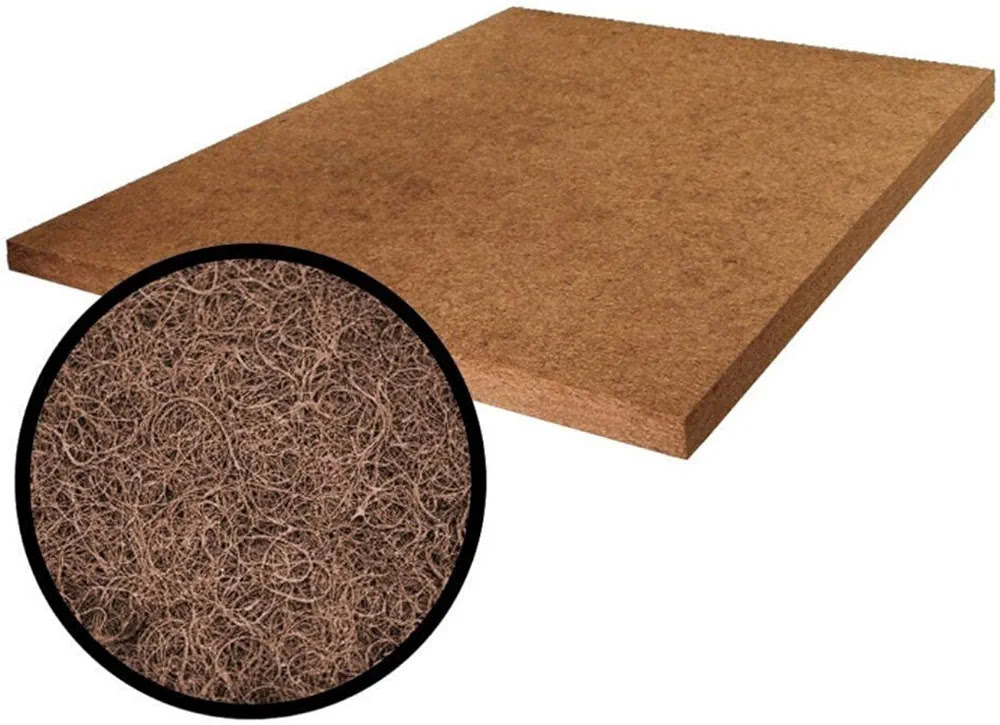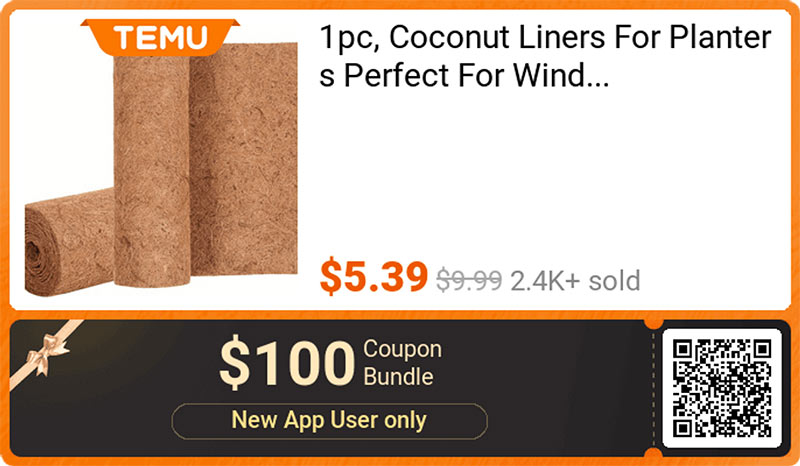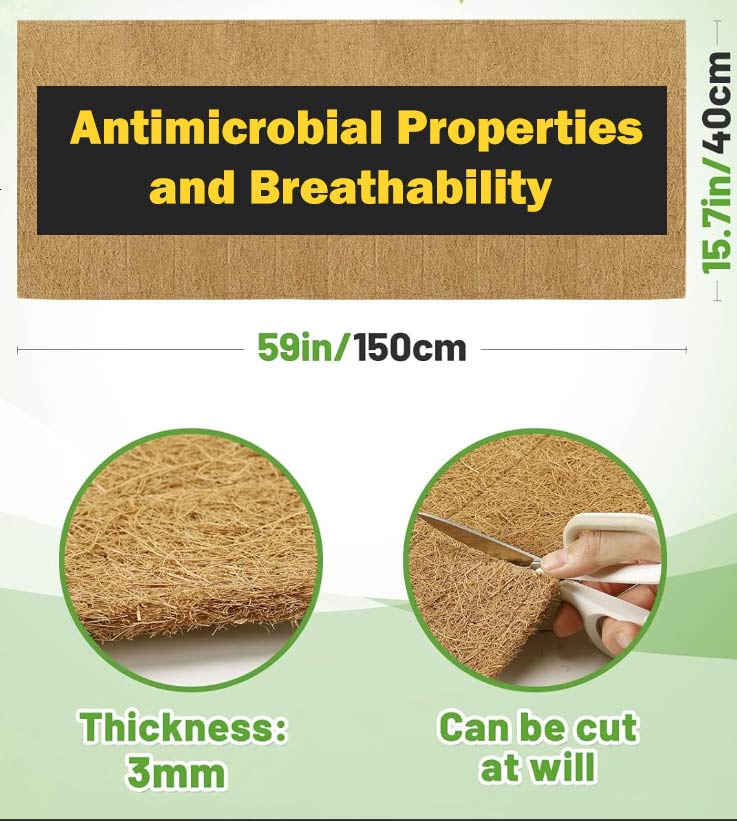Utilizing coconut RV mattress underlay liners as a protective layer beneath an RV mattress is a creative and eco-friendly solution to address potential mold issues. Coconut fibers are known for their antimicrobial benefits, breathability and moisture-wicking properties, providing a natural way to prevent bacteria or mold and stops them from growing. Coconut fibers also provide ventilation and preventing the accumulation of dampness beneath the mattress. The liners act as a barrier, helping to reduce the risk of mold infestation by promoting air circulation and wicking away excess moisture. Additionally, coconut planter liners are often biodegradable and sustainable, aligning with environmentally conscious practices. This innovative approach not only contributes to a healthier sleep environment by mitigating mold concerns but also demonstrates a commitment to sustainability within the RV lifestyle. Regular maintenance, such as periodic airing out of the mattress and inspecting the coconut liner, will enhance its effectiveness in preserving both the mattress and the overall comfort of the RV sleeping space.
Solutions for Under RV Mattress Ventilation and Mold Prevention
- Coconut liner on Amazon
- Coconut Under Mattress Liners On Temu
- Bio Sleep Concept Coconut-Coir Mattress Pad
- Mattress Plastic Underlay Systems
- RV Mattress Mold Prevention
- Soft Splicing Modular Mesh Cushion Mats for air flow under RV mattress
- Condensation Prevention Matting

RV and camper mattresses are prone to various challenges, with mold infestation emerging as a particularly widespread issue. This concern becomes especially pronounced during colder weather camping, as body heat can penetrate the mattress, fostering an optimal environment for the growth of mold spores. The combination of inadequate ventilation, insufficient air circulation, and moisture accumulation beneath and around RV mattresses exacerbates this problem. The ramifications extend beyond health risks, encompassing potential structural compromises and a shortened lifespan for the mattress. Addressing these challenges requires a proactive approach, including measures such as enhanced ventilation systems, moisture-resistant materials, and regular inspections to ensure a resilient and long-lasting sleeping surface during RV adventures.


